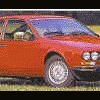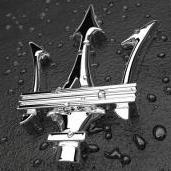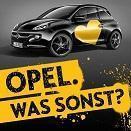Scelte strategiche gruppo Stellantis NV

⬇️⬇️⬇️ DISCUSSIONI SUI PROSSIMI MODELLI ⬇️⬇️⬇️
• Citröen
• Jeep
• Lancia
• Maserati
• Peugeot
⬇️⬇️⬇️ DISCUSSIONI SULLE PIATTAFORME ⬇️⬇️⬇️
Discussione sul titolo in borsa ➡️ CLICCA QUI!
Discussione su STLA Brain, SmartCockpit & AutoDrive ➡️ CLICCA QUI!
-
Contenuti simili
-
Alfa Romeo new “Bottega” 2026 (Notizie) 1 2 3
Pubblicato da AleMcGir,
- prossimi modelli
- alfa romeo
- (e 3 altri in più)
- 23 risposte
- 3178 visite
-
I prossimi modelli Alfa Romeo 1 2 3 4 293
Pubblicato da Beckervdo,
- alfa romeo spy
- stellantis
- (e 2 altri in più)
- 2925 risposte
- 561591 visite
-
I Prossimi modelli Leapmotor 1 2 3 4 11
Pubblicato da j,
- leapmotor
- prossimi modelli
- (e 1 altro in più)
- 107 risposte
- 19799 visite
-
-
-








.thumb.jpg.902d2a4f20a129e92b6f6920407b81bd.jpg)
















.thumb.jpg.46228d717c405acd43b45b79fddce6a4.jpg)


Messaggi Raccomandati:
Pubblicato da __P,
0 reazioni
Vai a questo messaggio
Crea un account o accedi per lasciare un commento
Devi essere iscritto per commentare e visualizzare le sezioni protette!
Crea un account
Iscriviti nella nostra community. È facile!
Registra un nuovo accountAccedi
Sei già registrato? Accedi qui.
Accedi Ora